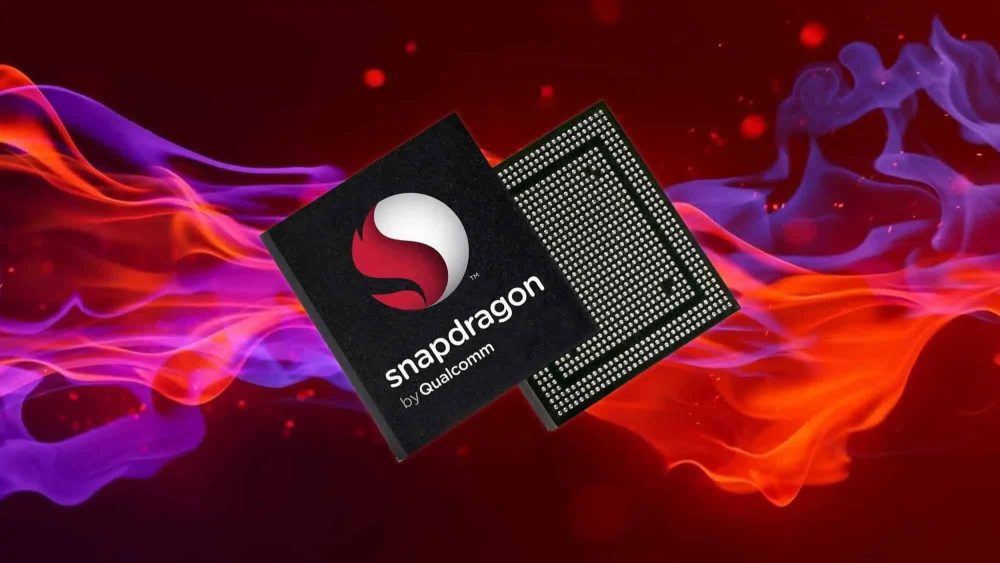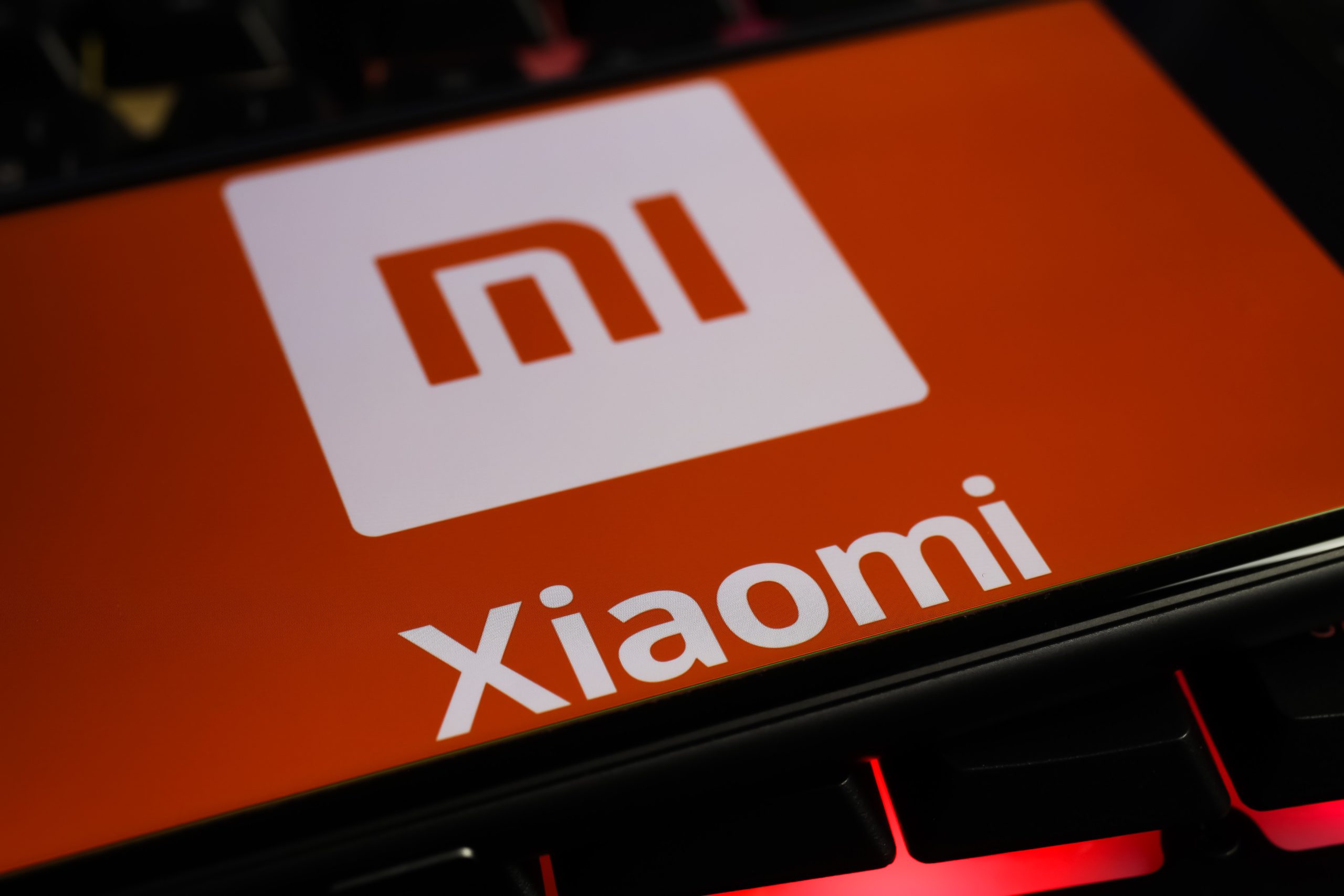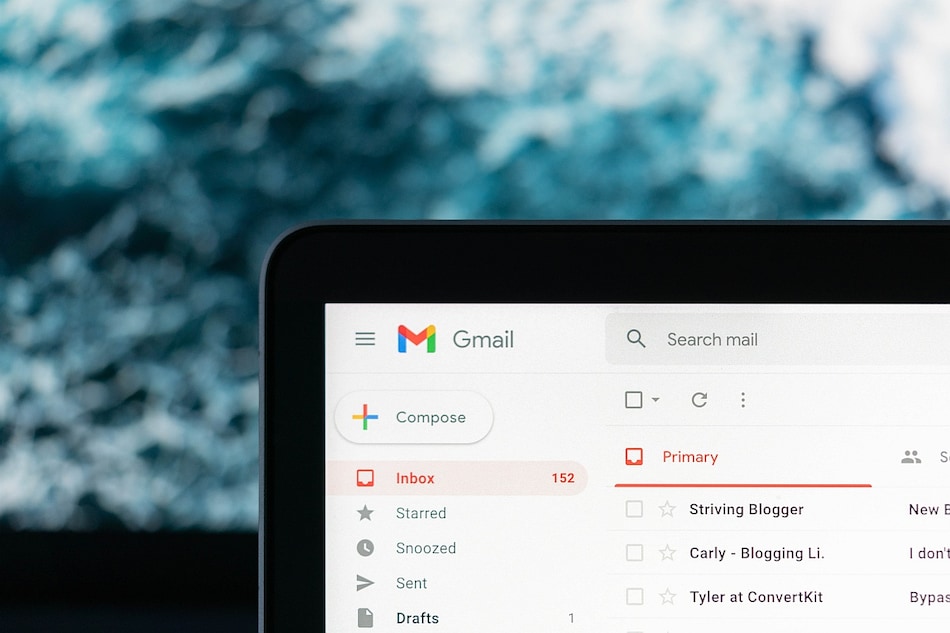In the ever-evolving landscape of mobile technology, the competition between leading chip manufacturers is a constant driver of innovation. Two major players in this arena, Qualcomm and Apple, have consistently introduced powerful and cutting-edge processors to fuel the performance of their respective flagship devices. As consumers increasingly rely on their smartphones for a myriad of tasks, from gaming and photography to productivity and communication, the battle for supremacy in the realm of mobile processors becomes more critical than ever.
Now, all eyes are on Qualcomm as they announce their latest flagship chip, the Snapdragon 8 Gen 3. With the recent release of the Apple A17 Pro, the stage is set for a head-to-head comparison between these two powerhouses. In this article, we will delve into the specifications and features of both processors, providing an in-depth analysis of their performance improvements in CPU, GPU, NPU, ISP, Modem, and more. We will also examine benchmark scores to determine which processor comes out on top. So, without further ado, let’s jump into the detailed comparison between the Snapdragon 8 Gen 3 and the Apple A17 Pro.
Specifications Comparison
Let’s start by comparing the key specifications of the Snapdragon 8 Gen 3 and the Apple A17 Pro. These specifications give us a glimpse into the processing power and capabilities of each chip.
| Specification | Snapdragon 8 Gen 3 | Apple A17 Pro |
|---|---|---|
| CPU | Octa-core, Kryo CPU | Six-core CPU, 19 billion transistors |
| CPU Cores | 1x 3.3GHz (Cortex-X4) | 2x 3.78 GHz High-performance cores |
| 3x 3.2GHz (Cortex-A720) | 4x 2.11GHz High-efficiency cores | |
| 2x 3.0GHz (Cortex-A720) | ||
| 2x 2.3GHz (Cortex-A520) | ||
| Process Technology | TSMC’s 4nm process | TSMC’s 3nm process (N3B) |
| GPU | New Adreno GPU (750?) | Apple Pro-class 6-core GPU |
| Memory Support | LPDDR5X, up to 4.8GHz | LPDDR5 |
| Machine Learning | New Hexagon AI Engine | 16-core Neural Engine; 35 TOPS |
| ISP | New Cognitive ISP | Apple-designed Image Signal Processor |
| Camera Capability | Semantic Segmentation up to 12 layers | ProRAW photos at 48MP |
| Video Capability | Night Vision for Darker scenes | 4K60 ProRes videos |
| Modem | Snapdragon X75 5G modem | Snapdragon X70 5G modem |
| Wi-Fi Support | Wi-Fi 7 | Wi-Fi 6E |
| Bluetooth | Bluetooth 5.4, LE Audio | Bluetooth 5.3 |
| Others | AV1 Codec Support | AV1 Decoder |
| NavIC Support | Pro display engine | |
| Snapdragon Seamless | NavIC Support |
CPU Performance: Octa-core vs Six-core
The CPU is the brain of a smartphone, responsible for executing instructions and performing calculations. Let’s compare the CPU performance of the Snapdragon 8 Gen 3 and the Apple A17 Pro.
The Snapdragon 8 Gen 3 features an octa-core design with an upgraded Kryo CPU. It includes a single prime core (Cortex-X4) clocked at 3.3GHz, three Cortex-A720 cores clocked at 3.2GHz, two Cortex-A720 cores clocked at 3.0GHz, and two Cortex-A520 cores clocked at 2.3GHz. In total, there are five Cortex-A720 cores and two Cortex-A520 cores. Qualcomm claims that the Snapdragon 8 Gen 3 is 30% faster and 20% more efficient than its predecessor, the Snapdragon 8 Gen 2.
On the other hand, the Apple A17 Pro features a six-core CPU with two high-performance cores clocked at a mighty 3.78GHz and four high-efficiency cores clocked at 2.11GHz. The A17 Pro’s CPU design is built on TSMC’s 3nm process, allowing for the incorporation of 19 billion transistors on a single die. While the Snapdragon 8 Gen 3 may not surpass the A17 Pro in single-core performance, it outperforms the Apple chip in multi-core tests, thanks to its eight cores compared to the A17 Pro’s six.
Benchmark Performance: Geekbench, AnTuTu, 3DMark
To get a more accurate measure of the performance of the Snapdragon 8 Gen 3 and the Apple A17 Pro, let’s take a look at benchmark scores from popular testing platforms.
Geekbench 6
In a leaked Geekbench 6 listing, the Snapdragon 8 Gen 3-powered Xiaomi 14 scored 2207 in the single-core test and 7494 in the multi-core test. The official figures from Qualcomm’s reference device indicate a single-core score of 2329 and a multi-core score of 7501. Comparatively, the Apple A17 Pro scores 2897 in single-threaded tasks and 7261 in multi-threaded tasks. It’s worth noting that the Snapdragon 8 Gen 3’s multi-core performance surpasses that of the A17 Pro, despite the latter achieving its scores with two fewer CPU cores. However, Apple’s A17 Pro still boasts higher single-core performance.
AnTuTu Benchmark
In the AnTuTu benchmark, the Snapdragon 8 Gen 3 impressively scores 2139281 points, crossing the 2 million mark. On the other hand, the Apple A17 Pro manages to score 1628672 points. The Snapdragon 8 Gen 3’s performance in the AnTuTu benchmark indicates its ability to handle demanding tasks and deliver a smooth user experience.
3DMark
In the 3DMark WildLife test, which evaluates GPU performance, the Snapdragon 8 Gen 3’s powerful Adreno GPU shines. It scores 5338 points with 32 FPS in the intensive WildLife Extreme test. In contrast, the A17 Pro scores 4075 points with 24.4 FPS. The Snapdragon 8 Gen 3 also takes the lead in the 3DMark Solar Bay test, which tests ray-tracing capabilities. It scores 8547 points with 32 FPS, while the A17 Pro scores 6594 points with 25.1 FPS. These benchmark results demonstrate the Snapdragon 8 Gen 3’s superiority in GPU performance, making it an excellent choice for gamers and users who demand high-quality graphics.
GPU Performance: Adreno vs Apple Pro-class GPU
The GPU is responsible for rendering graphics and delivering a smooth visual experience. Let’s compare the GPU performance of the Snapdragon 8 Gen 3 and the Apple A17 Pro.
The Snapdragon 8 Gen 3 features the new Adreno GPU, rumored to be the Adreno 750. Qualcomm claims that the new Adreno GPU is 25% more powerful and 25% more efficient than its predecessor, the Adreno 740 found in the Snapdragon 8 Gen 2. The Adreno GPU on the Snapdragon 8 Gen 3 supports hardware-accelerated ray tracing and features the Adreno Frame Motion Engine (AFME 2.0), which upscales 60FPS graphics to 120FPS in real-time. It also supports a 240Hz display, ensuring a smooth gaming experience.
Apple’s A17 Pro, on the other hand, features the Apple Pro-class 6-core GPU. Apple has brought hardware-accelerated ray tracing support to the A17 Pro, enabling console-level gaming experiences. With the A17 Pro, users can enjoy AAA games like Resident Evil Village, Death Stranding, and Assassin’s Creed Mirage on their latest iPhone 15 Pro models. While the A17 Pro’s GPU offers impressive performance, tests have shown that it falls slightly short in terms of efficiency compared to the Snapdragon 8 Gen 3’s Adreno GPU.
AI and Neural Engine: Hexagon vs Neural Engine
Both Qualcomm and Apple have made significant advancements in the field of AI and neural processing. Let’s compare the AI capabilities of the Snapdragon 8 Gen 3 and the Apple A17 Pro.
The Snapdragon 8 Gen 3 features a new Hexagon AI Engine, which Qualcomm claims is 98% faster and 40% more efficient than the previous-generation NPU. The Hexagon AI Engine can run AI models locally and generate up to 20 tokens per second. It can also process multi-modal data using the CPU, GPU, NPU, fast memory, and Qualcomm Sensing Hub to offer a personalized AI experience. Qualcomm has partnered with Meta to use its Llama 2 model commercially on devices powered by the Snapdragon 8 Gen 3.
Apple’s A17 Pro boasts a 16-core Neural Engine, which offers 2x better performance than the previous-generation AI engine. It can perform 35 trillion operations per second (TOPS), showcasing Apple’s commitment to AI processing power. While direct comparisons between the Snapdragon 8 Gen 3’s Hexagon AI Engine and the A17 Pro’s Neural Engine are challenging due to their different architectures, both Qualcomm and Apple are pushing the boundaries of AI capabilities in their respective processors.
ISP and Camera Features: Cognitive ISP vs Apple Image Signal Processor
The Image Signal Processor (ISP) plays a crucial role in image and video capture, affecting the overall camera performance. Let’s compare the ISP and camera capabilities of the Snapdragon 8 Gen 3 and the Apple A17 Pro.
The Snapdragon 8 Gen 3’s ISP is known as the Cognitive ISP, which can perform real-time semantic segmentation up to 12 layers. It can isolate subjects and scenes from images and apply accurate colors to match the scene. The Cognitive ISP can also remove objects from captured videos, expand captured photos using AI, boost brightness and clarity in dark videos using Night Vision AI, and more. Additionally, the Snapdragon 8 Gen 3 supports Dolby HDR photo capture, offering over 1 billion shades of color compared to JPEG’s 16.7 million.
The Apple A17 Pro’s ISP is the Apple-designed Image Signal Processor, known for its excellent image processing capabilities. With the A17 Pro, users can capture ProRAW photos at 48MP and experience semantic segmentation up to 12 layers. The A17 Pro’s Photonic Engine works in tandem with the ISP to deliver sharp and accurate images. Apple’s focus on image quality and computational photography is evident in the A17 Pro’s camera capabilities.
Wireless Connectivity: Snapdragon X75 vs Snapdragon X70
Both the Snapdragon 8 Gen 3 and the Apple A17 Pro come with advanced wireless connectivity options. Let’s compare their wireless capabilities.
The Snapdragon 8 Gen 3 features the Snapdragon X75 5G modem, delivering peak download speeds of up to 10Gbps and upload speeds of up to 3.5Gbps. It also supports Wi-Fi 7 and Bluetooth 5.4 with LE Audio. Qualcomm’s Snapdragon Seamless technology ensures smooth connectivity transitions between Wi-Fi and cellular networks. With NavIC support, the Snapdragon 8 Gen 3 offers enhanced location accuracy.
The Apple A17 Pro, on the other hand, uses the Snapdragon X70 5G modem, which is a discrete modem compared to the integrated modem in the Snapdragon 8 Gen 3. The X70 modem also supports peak download speeds of up to 10Gbps and upload speeds of up to 3.5Gbps. Apple’s A17 Pro features Wi-Fi 6E and Bluetooth 5.3 support. Both processors offer similar wireless connectivity options, providing users with fast and reliable connections.
Which One Is Better: Snapdragon 8 Gen 3 or Apple A17 Pro?
Choosing between the Snapdragon 8 Gen 3 and the Apple A17 Pro ultimately depends on individual preferences and the ecosystem (Android or iOS) users are accustomed to.
The Snapdragon 8 Gen 3 excels in multi-core CPU performance, GPU power, and AI capabilities. With its octa-core CPU and upgraded Adreno GPU, it offers an impressive gaming experience and efficient AI processing. The Snapdragon 8 Gen 3 also boasts advanced ISP features, allowing for enhanced image and video capture.
On the other hand, the Apple A17 Pro shines in single-core CPU performance, GPU frequency, and efficient instruction set architecture. It offers console-level gaming experiences with its powerful GPU and supports advanced camera capabilities, including ProRAW photos and semantic segmentation.
In terms of benchmark scores, the Snapdragon 8 Gen 3 outperforms the Apple A17 Pro in multi-core CPU tasks, while the A17 Pro achieves higher scores in single-core CPU tasks. The Snapdragon 8 Gen 3 also delivers exceptional GPU performance, surpassing the A17 Pro in graphics-intensive tasks.
Ultimately, users should consider their specific needs and preferences when choosing between these two processors. Whether it’s gaming, photography, AI processing, or overall performance, both the Snapdragon 8 Gen 3 and the Apple A17 Pro offer impressive capabilities that cater to different user requirements.
Conclusion
The Snapdragon 8 Gen 3 and the Apple A17 Pro are top-of-the-line processors from Qualcomm and Apple, respectively. Both chips bring significant advancements in CPU, GPU, AI, and camera capabilities to enhance the overall smartphone experience. While the Snapdragon 8 Gen 3 excels in multi-core CPU performance and GPU power, the Apple A17 Pro shines in single-core CPU performance and GPU frequency. Ultimately, the choice between these two processors depends on individual preferences and the ecosystem users are comfortable with. Whether you prioritize gaming, photography, AI processing, or overall performance, both processors offer impressive features and performance that cater to a wide range of user needs.








